Home>Home Appliances>Laundry Appliances>How To Clean A Portable Washing Machine
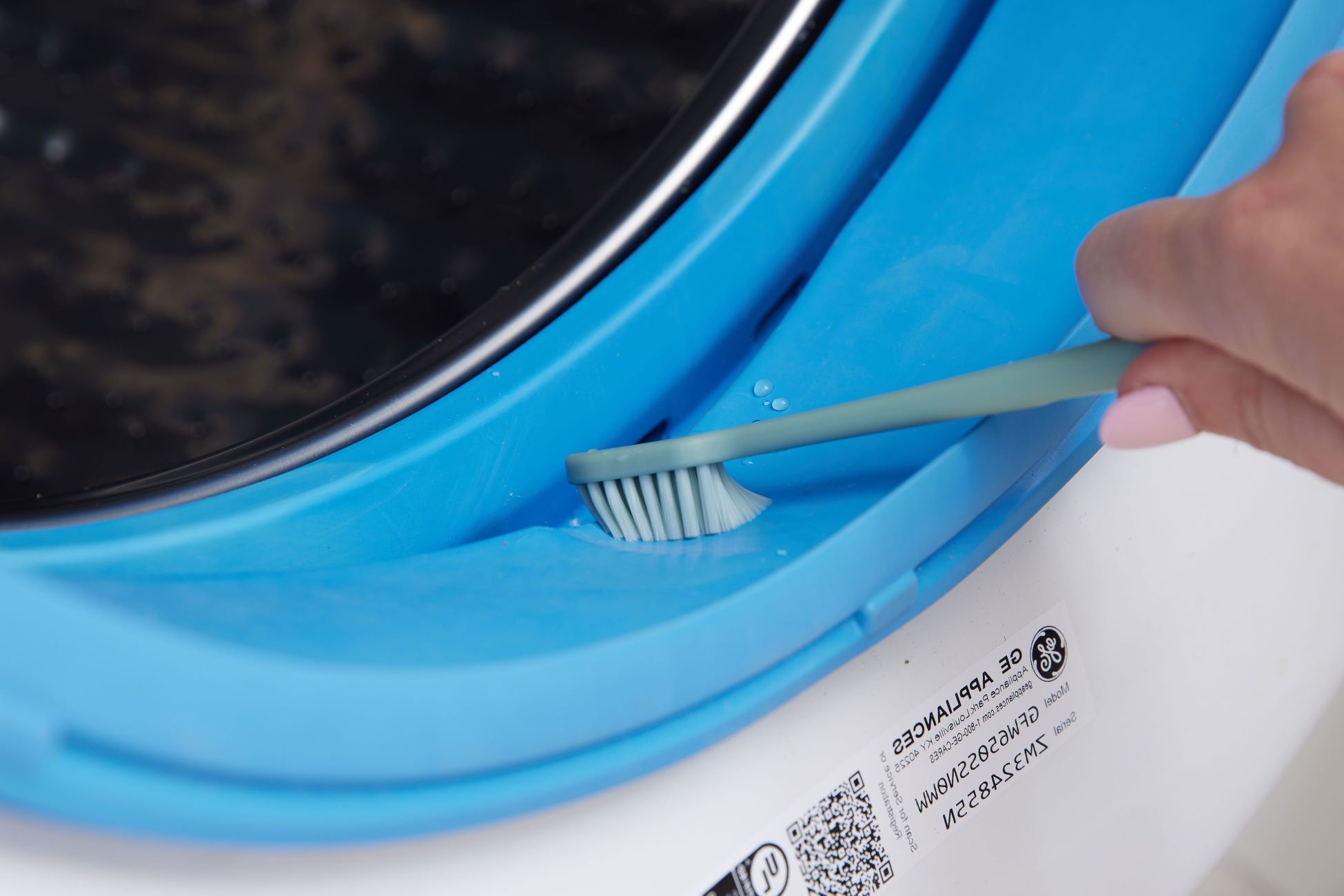

Laundry Appliances
How To Clean A Portable Washing Machine
Modified: May 5, 2024
Learn how to properly clean your portable washing machine to keep it running efficiently. Discover essential maintenance tips for laundry appliances.
(Many of the links in this article redirect to a specific reviewed product. Your purchase of these products through affiliate links helps to generate commission for Storables.com, at no extra cost. Learn more)
Introduction
Cleaning a portable washing machine is an essential task that ensures its longevity and optimal performance. Over time, dirt, grime, and detergent residue can accumulate both inside and outside the machine, potentially leading to unpleasant odors and reduced efficiency. By incorporating regular cleaning into your laundry routine, you can maintain a hygienic washing environment and extend the lifespan of your portable washing machine.
In this comprehensive guide, we will delve into the step-by-step process of cleaning a portable washing machine, covering both the exterior and interior components. Additionally, we will explore the crucial maintenance steps to keep the drainage system clear and functioning properly. By following these guidelines, you can ensure that your portable washing machine continues to deliver clean and fresh laundry while avoiding potential issues associated with neglecting its upkeep.
Let's embark on this journey to discover the best practices for cleaning and maintaining a portable washing machine, empowering you to preserve the efficiency and hygiene of this indispensable appliance in your home.
Key Takeaways:
- Regularly clean the inside and outside of your portable washing machine using vinegar, baking soda, and mild dish soap to prevent odors, stains, and maintain its efficiency.
- Keep the drainage system clear by inspecting the hose, cleaning the filter, and using vinegar and baking soda to prevent clogs and maintain optimal water flow.
Read more: How To Use A Portable Washing Machine
Necessary Supplies
To effectively clean a portable washing machine, you will need a few essential supplies to ensure thorough and efficient maintenance. These supplies are readily available and will enable you to tackle both the exterior and interior cleaning processes with ease. Here's a comprehensive list of the necessary supplies:
-
White Vinegar: This versatile household staple serves as a powerful natural cleaner, effectively combating mineral deposits, detergent residue, and unpleasant odors within the washing machine.
-
Baking Soda: Known for its deodorizing and abrasive properties, baking soda is an excellent cleaning agent that helps remove stubborn stains and neutralize odors.
-
Microfiber Cloth or Sponge: Utilize a soft microfiber cloth or sponge to clean the exterior surfaces of the washing machine without causing scratches or damage.
-
Dish Soap: Opt for a mild dish soap to gently clean the exterior and rubber seals of the washing machine, effectively removing dirt and grime.
-
Toothbrush: A soft-bristled toothbrush is ideal for reaching tight spaces and crevices, allowing for detailed cleaning around the door seal and other intricate areas.
-
Hot Water: Access to hot water is crucial for dissolving detergent buildup and thoroughly rinsing the interior components of the washing machine.
-
Rubber Gloves: Protect your hands from cleaning solutions and potential allergens by wearing rubber gloves throughout the cleaning process.
-
Towel: Keep a towel handy to wipe down surfaces and components after cleaning, ensuring a dry and polished finish.
By gathering these essential supplies, you will be well-equipped to embark on the cleaning and maintenance journey for your portable washing machine. These items are instrumental in achieving a deep and comprehensive clean, promoting a hygienic and efficient laundry experience.
Cleaning the Exterior
Cleaning the exterior of your portable washing machine is a crucial step in maintaining its overall cleanliness and aesthetic appeal. Over time, dust, dirt, and detergent residue can accumulate on the surfaces, potentially leading to a lackluster appearance and unpleasant odors. By following these detailed steps, you can effectively restore the exterior of your washing machine to its pristine condition.
-
Preparation: Before commencing the cleaning process, ensure that the washing machine is unplugged to prevent any electrical mishaps. Additionally, gather the necessary supplies, including a microfiber cloth or sponge, mild dish soap, and hot water.
-
Surface Wiping: Dampen the microfiber cloth or sponge with warm water and a small amount of mild dish soap. Gently wipe down the exterior surfaces of the washing machine, including the control panel, door, and sides. This helps remove surface dirt and grime, restoring the machine's visual appeal.
-
Detailing the Door Seal: The rubber door seal is prone to trapping moisture and debris, potentially leading to mold and mildew growth. Utilize a soft-bristled toothbrush dipped in soapy water to meticulously clean the door seal, ensuring that all crevices and grooves are thoroughly scrubbed.
-
Rinsing and Drying: After wiping down the exterior surfaces, use a clean damp cloth to rinse off any remaining soap residue. Follow up with a dry towel to ensure that the exterior is completely dry, preventing water spots and streaks.
-
Control Panel Care: When cleaning the control panel, exercise caution to avoid water seeping into the electronic components. Use a slightly damp cloth to gently wipe the control panel, taking care not to saturate it with water.
-
Polishing: For a final touch, use a dry microfiber cloth to polish the exterior surfaces, leaving them gleaming and free from streaks.
By diligently following these steps, you can effectively clean the exterior of your portable washing machine, enhancing its visual appeal and ensuring a hygienic laundry environment. This meticulous approach to exterior cleaning contributes to the overall maintenance of your washing machine, promoting its longevity and optimal performance.
To clean a portable washing machine, run a cycle with hot water and 2 cups of vinegar to remove any buildup and odors. Wipe down the inside and outside with a damp cloth and leave the lid open to air dry.
Cleaning the Interior
Cleaning the interior of a portable washing machine is a critical aspect of maintenance, as it directly impacts the cleanliness of your laundry and the overall performance of the appliance. Over time, detergent residue, mineral deposits, and dirt can accumulate inside the machine, potentially leading to unpleasant odors and reduced washing efficiency. By following a systematic approach to cleaning the interior components, you can ensure that your portable washing machine continues to deliver fresh and hygienic laundry. Here's a detailed guide to effectively clean the interior of your washing machine:
-
Emptying the Drum: Start by ensuring that the washing machine is completely empty. Remove any laundry or items that may be lingering inside the drum, and double-check the pockets of clothing for loose items such as coins or tissues.
-
Preparation: Create a cleaning solution by mixing 1/4 cup of baking soda with 1/4 cup of water to form a paste. This natural and abrasive solution effectively targets stubborn stains and odors inside the drum.
-
Cleaning the Drum: Apply the baking soda paste to a damp microfiber cloth and use it to scrub the interior of the drum thoroughly. Pay close attention to areas with visible stains or residue, ensuring that the entire surface is covered.
-
Deodorizing with Vinegar: Pour two cups of white vinegar into the detergent dispenser or directly into the drum. Vinegar serves as a natural deodorizer and effectively eliminates any lingering odors within the washing machine.
-
Running a Cleaning Cycle: Set the washing machine to a hot water cycle and allow it to run without any laundry or detergent. The combination of hot water and vinegar helps dissolve detergent buildup and mineral deposits, effectively cleaning the interior components.
-
Wiping Down Seals and Dispensers: Utilize a damp cloth to clean the rubber door seal and detergent dispensers, ensuring that any residual buildup is removed. Pay attention to crevices and hard-to-reach areas to achieve a comprehensive clean.
-
Rinsing and Drying: Once the cleaning cycle is complete, use a clean damp cloth to wipe down the interior surfaces, removing any remaining cleaning solution. Follow up with a dry towel to ensure that the interior is completely dry.
By diligently following these steps, you can effectively clean the interior of your portable washing machine, ensuring that it remains free from residue, odors, and stains. This meticulous approach to interior cleaning contributes to the overall maintenance of your washing machine, promoting its longevity and optimal performance.
Maintaining the Drainage System
Maintaining the drainage system of your portable washing machine is crucial for ensuring proper water flow and preventing potential clogs that can impede the appliance's functionality. Over time, debris, lint, and fabric fibers can accumulate in the drainage system, leading to blockages and inefficient water drainage. By incorporating regular maintenance of the drainage system into your laundry routine, you can prevent potential issues and maintain the optimal performance of your washing machine.
Here's a comprehensive guide to effectively maintain the drainage system of your portable washing machine:
-
Inspecting the Drain Hose: Begin by inspecting the drain hose for any kinks, twists, or damage that may impede water flow. Ensure that the hose is properly connected to the drainage outlet and that there are no obstructions that could hinder the smooth passage of water.
-
Cleaning the Drain Filter: Locate the drain filter, which is typically situated near the bottom of the washing machine. Remove the filter and carefully clean it to remove any accumulated lint, debris, or foreign objects. A combination of hot water and mild dish soap can be used to thoroughly cleanse the filter, ensuring that it is free from blockages.
-
Flushing the Drainage System: Periodically flushing the drainage system with hot water can help dislodge any accumulated debris and prevent potential clogs. Pouring hot water down the drain pipe and hose can effectively clear minor blockages and maintain unobstructed water flow.
-
Utilizing Vinegar and Baking Soda: To further maintain the cleanliness of the drainage system, consider pouring a mixture of white vinegar and baking soda down the drain. This natural cleaning solution helps dissolve residue and neutralize odors, contributing to the overall hygiene of the drainage system.
-
Checking for Leaks: Regularly inspect the drain hose and connections for any signs of leaks or damage. Addressing leaks promptly can prevent water damage and ensure the efficient operation of the drainage system.
By diligently following these maintenance steps, you can effectively maintain the drainage system of your portable washing machine, promoting unimpeded water flow and preventing potential issues associated with blockages and obstructions. This proactive approach to drainage system maintenance contributes to the overall longevity and optimal performance of your washing machine, ensuring a seamless and efficient laundry experience.
Read more: How Does A Portable Washer Work
Final Tips for Maintenance
-
Regularly wipe down the exterior of the washing machine with a microfiber cloth and mild dish soap to prevent the buildup of dirt and grime, maintaining its visual appeal and cleanliness.
-
Keep the door and detergent dispenser open between laundry cycles to allow air circulation and prevent the growth of mold and mildew.
-
Periodically check and clean the detergent dispenser and fabric softener compartment to prevent clogs and ensure proper dispensing during wash cycles.
-
Avoid overloading the washing machine to prevent strain on the motor and ensure thorough cleaning of the laundry.
-
Use high-efficiency (HE) detergent to minimize soap residue buildup and promote efficient washing performance.
-
Inspect the power cord and water hoses for any signs of wear or damage, and replace them if necessary to prevent potential hazards and leaks.
-
Consider using washing machine cleaning tablets or powders designed to remove residue and odors from the interior components, enhancing the overall cleanliness of the appliance.
-
Schedule regular maintenance checks and servicing by a qualified technician to address any underlying issues and ensure the optimal functioning of the washing machine.
By incorporating these final tips into your maintenance routine, you can proactively preserve the efficiency, cleanliness, and longevity of your portable washing machine, ensuring that it continues to deliver exceptional laundry results while minimizing the risk of potential issues.
Frequently Asked Questions about How To Clean A Portable Washing Machine
Was this page helpful?
At Storables.com, we guarantee accurate and reliable information. Our content, validated by Expert Board Contributors, is crafted following stringent Editorial Policies. We're committed to providing you with well-researched, expert-backed insights for all your informational needs.
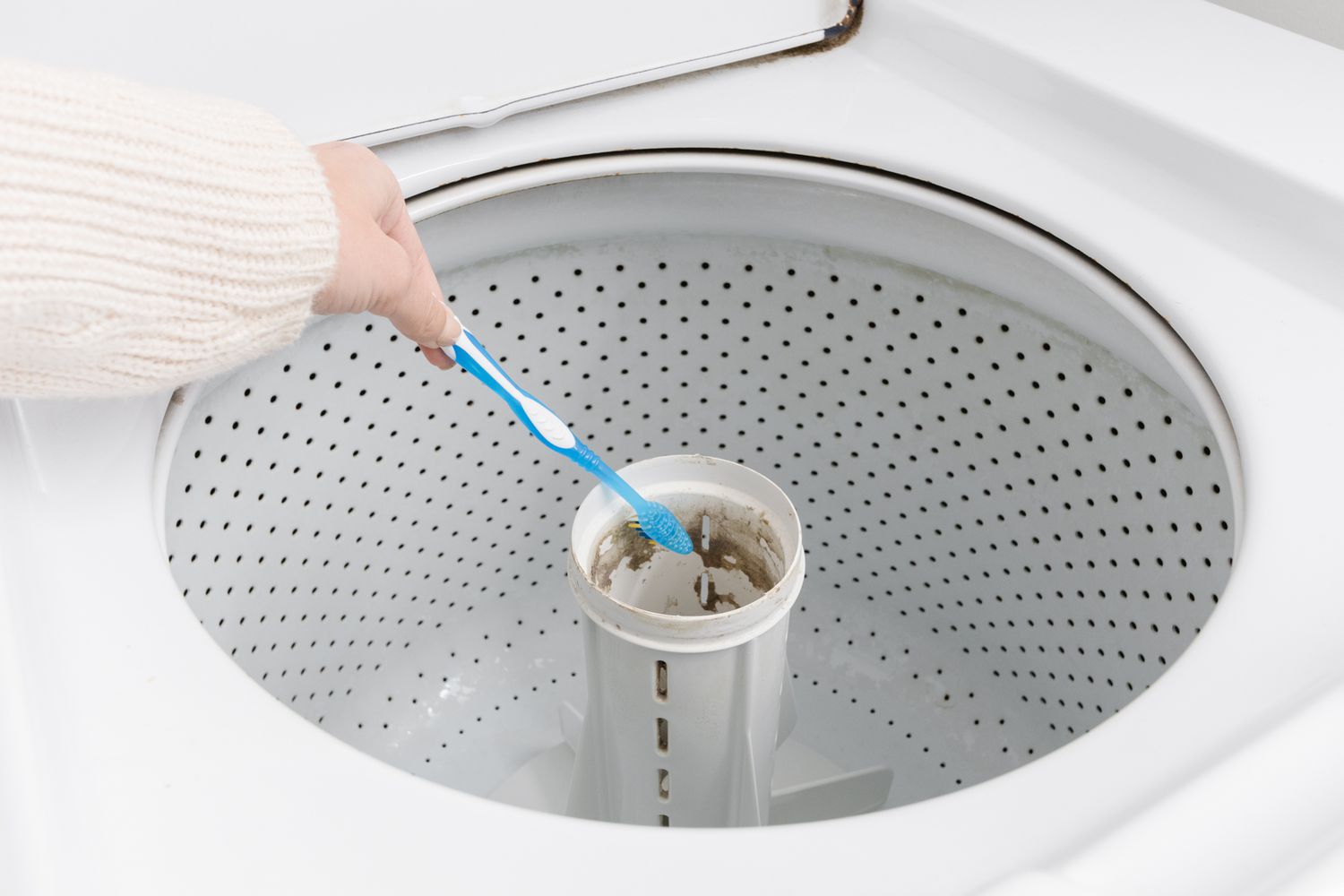

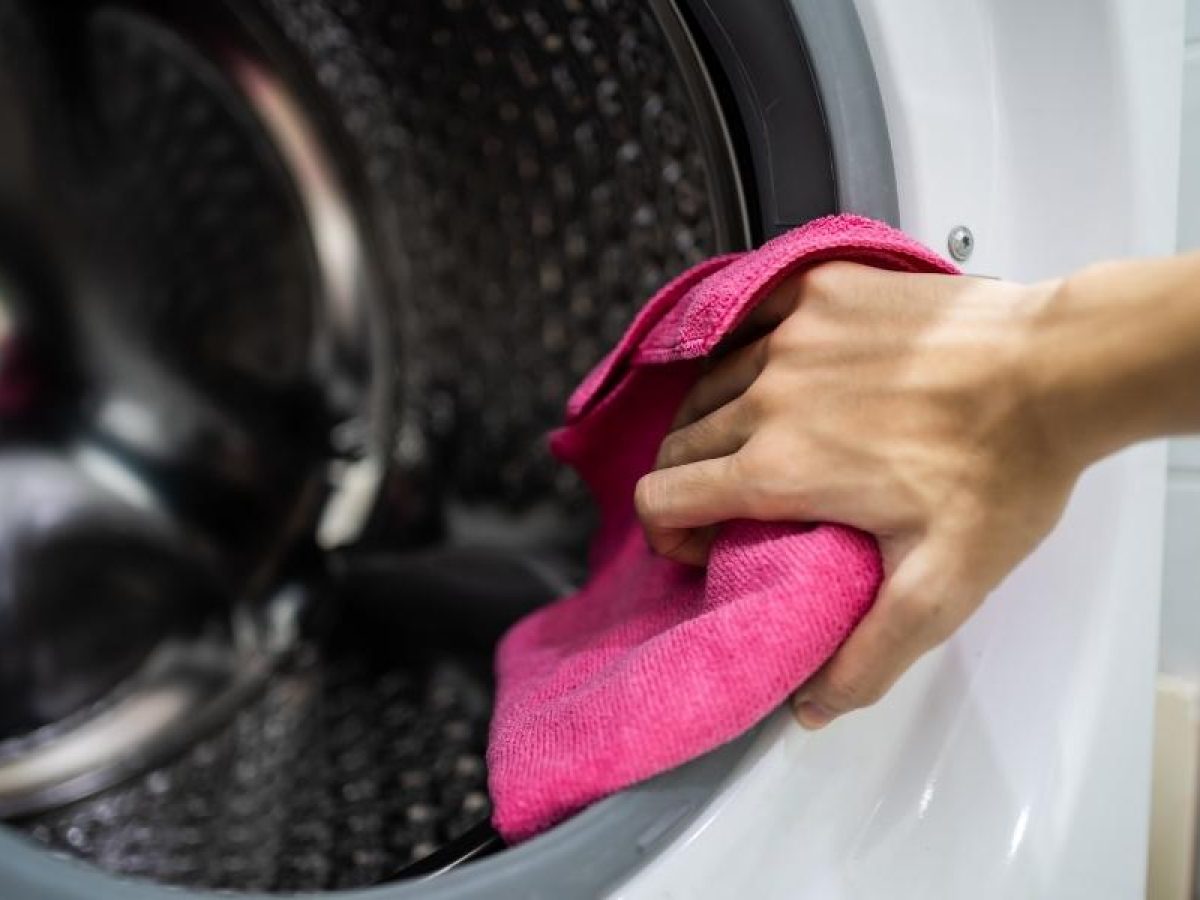
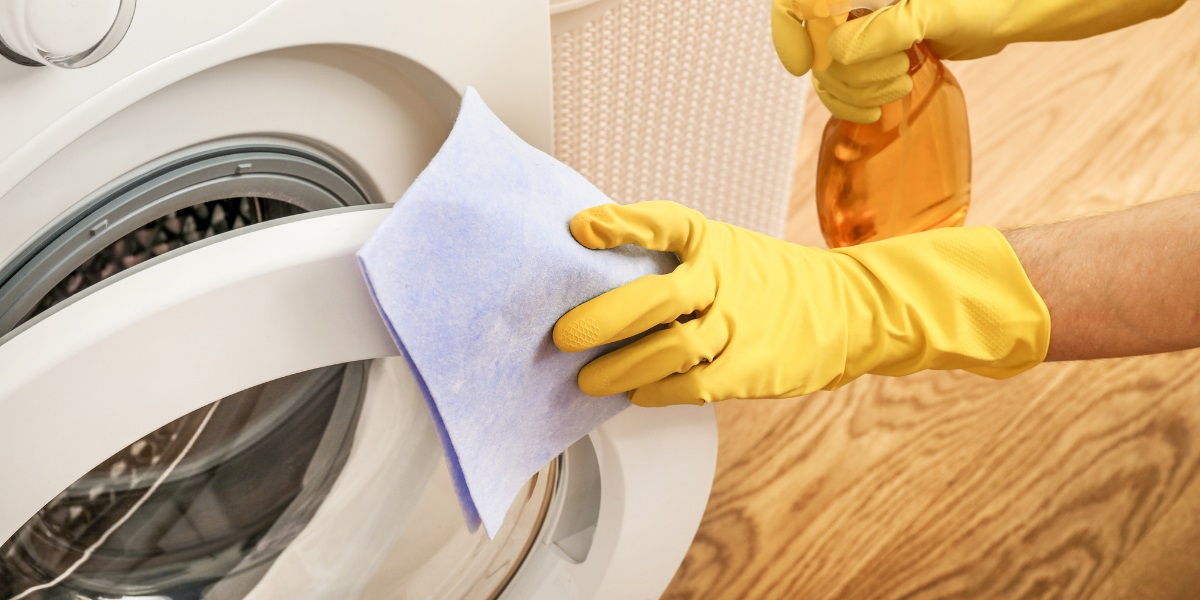
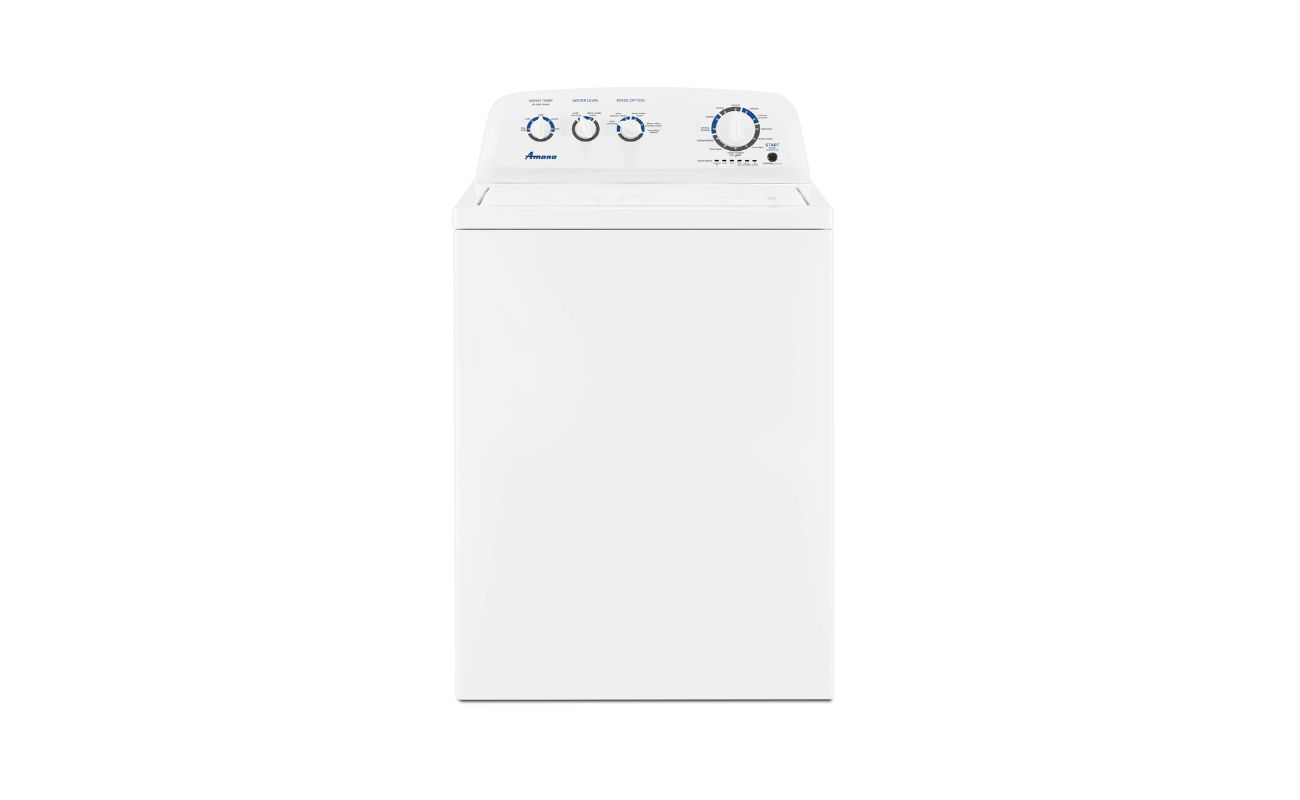
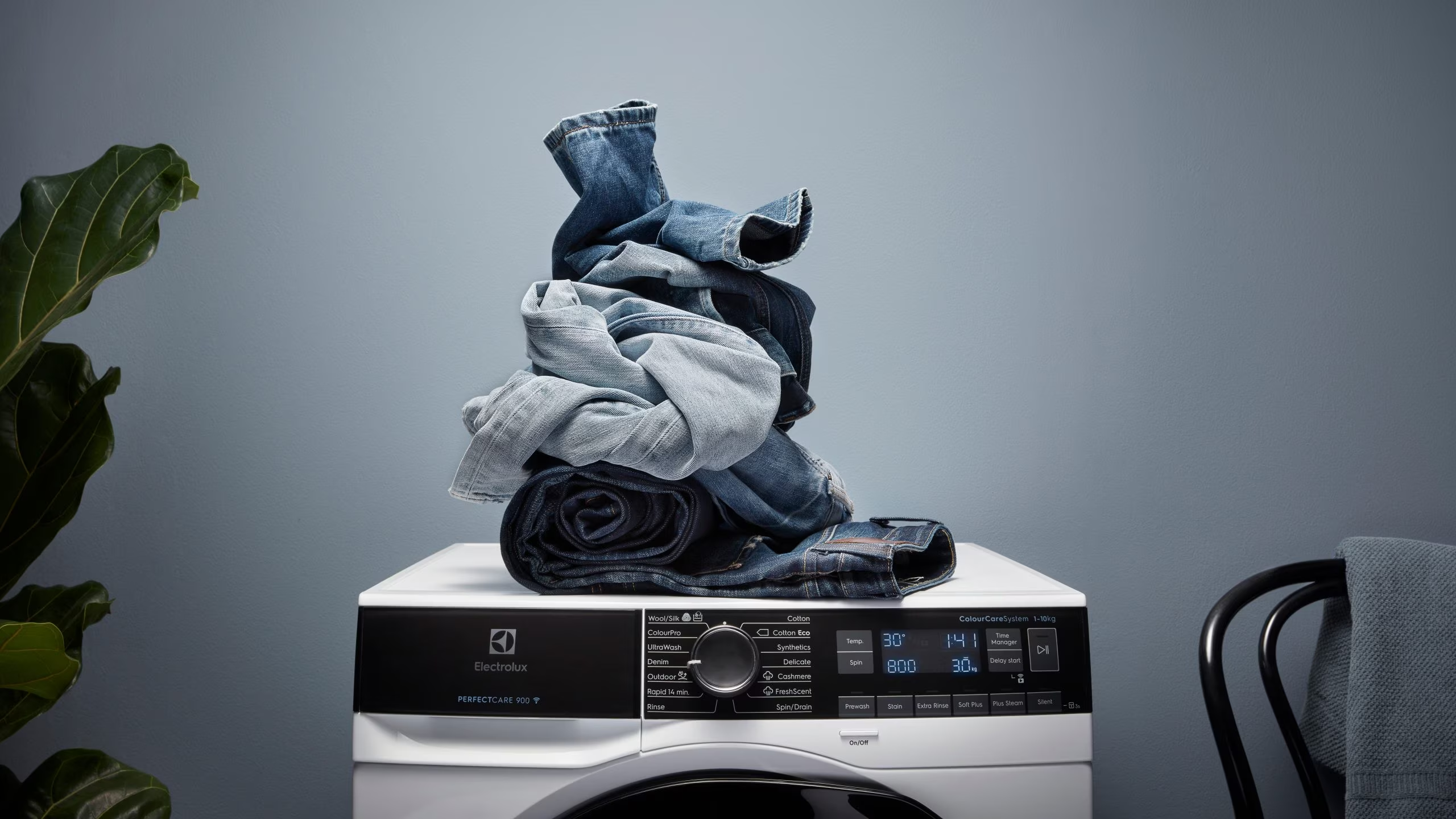
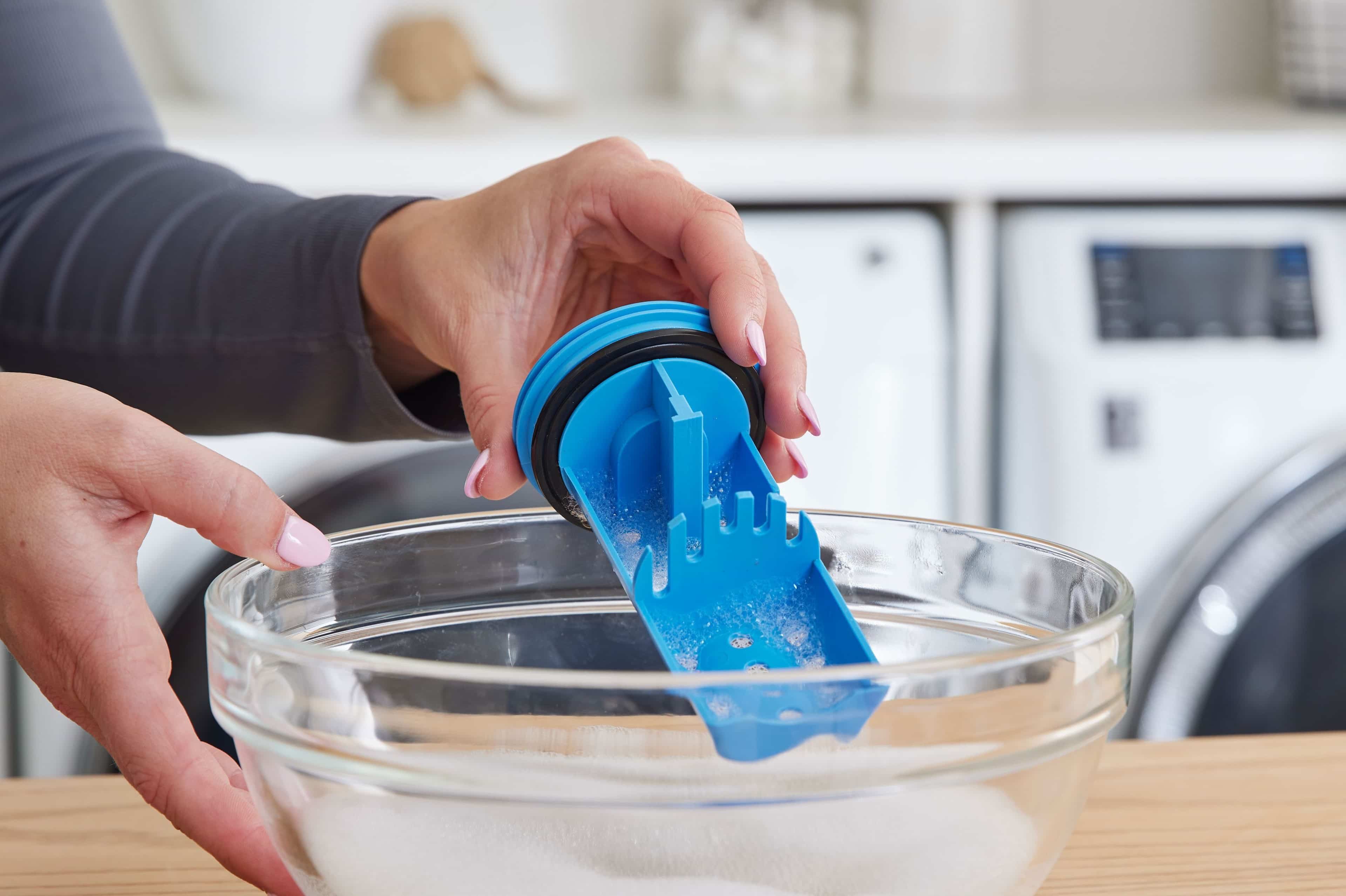
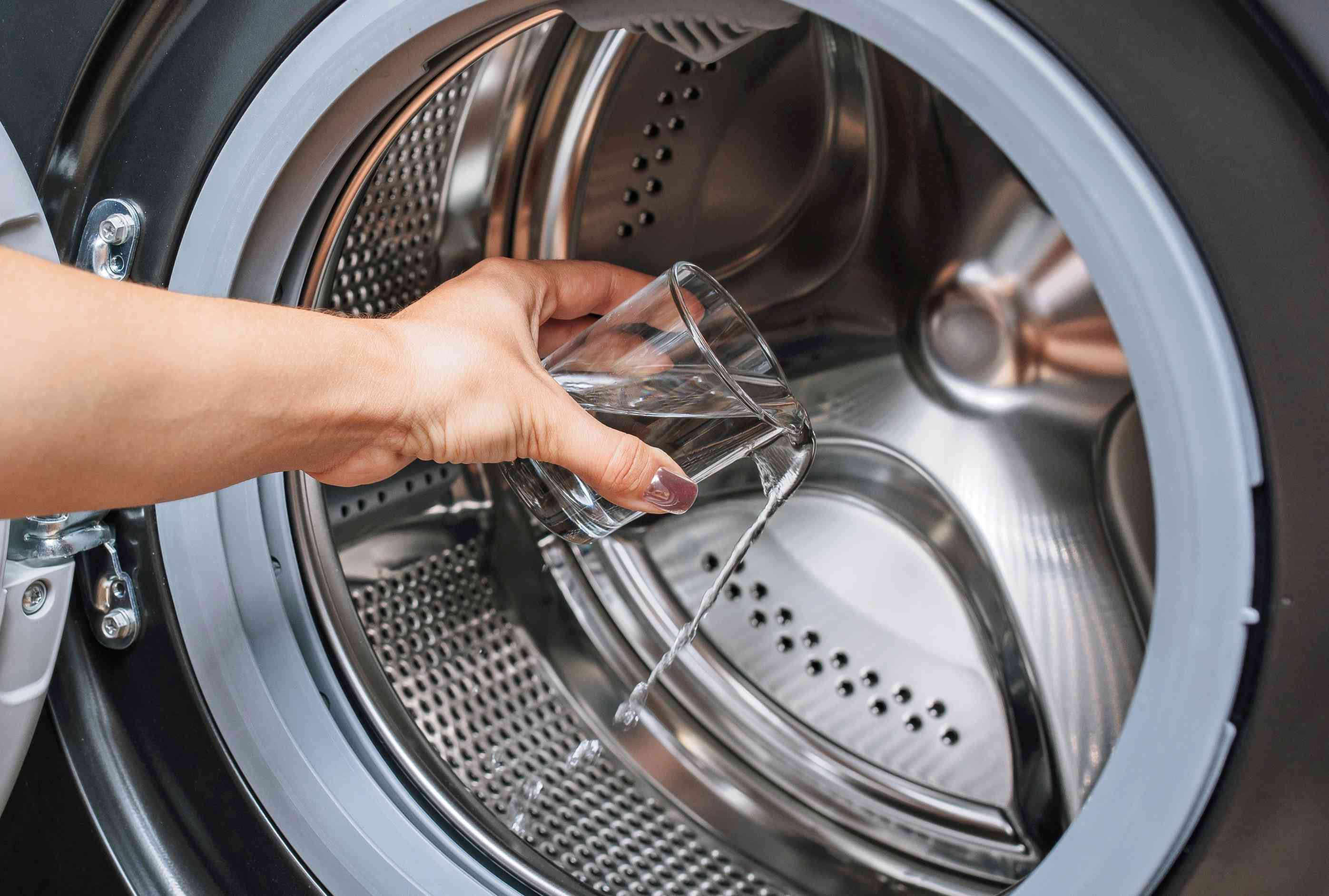
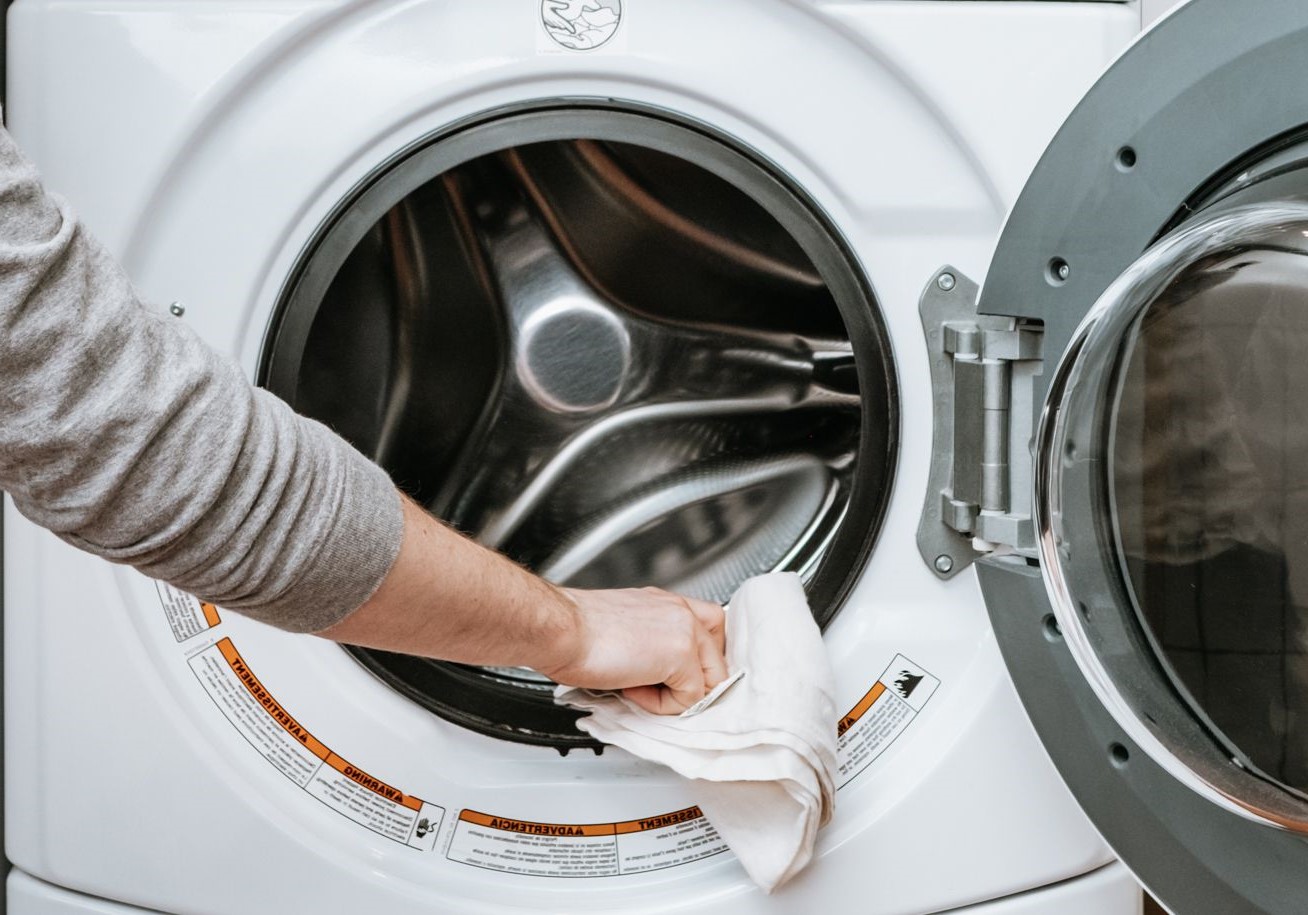
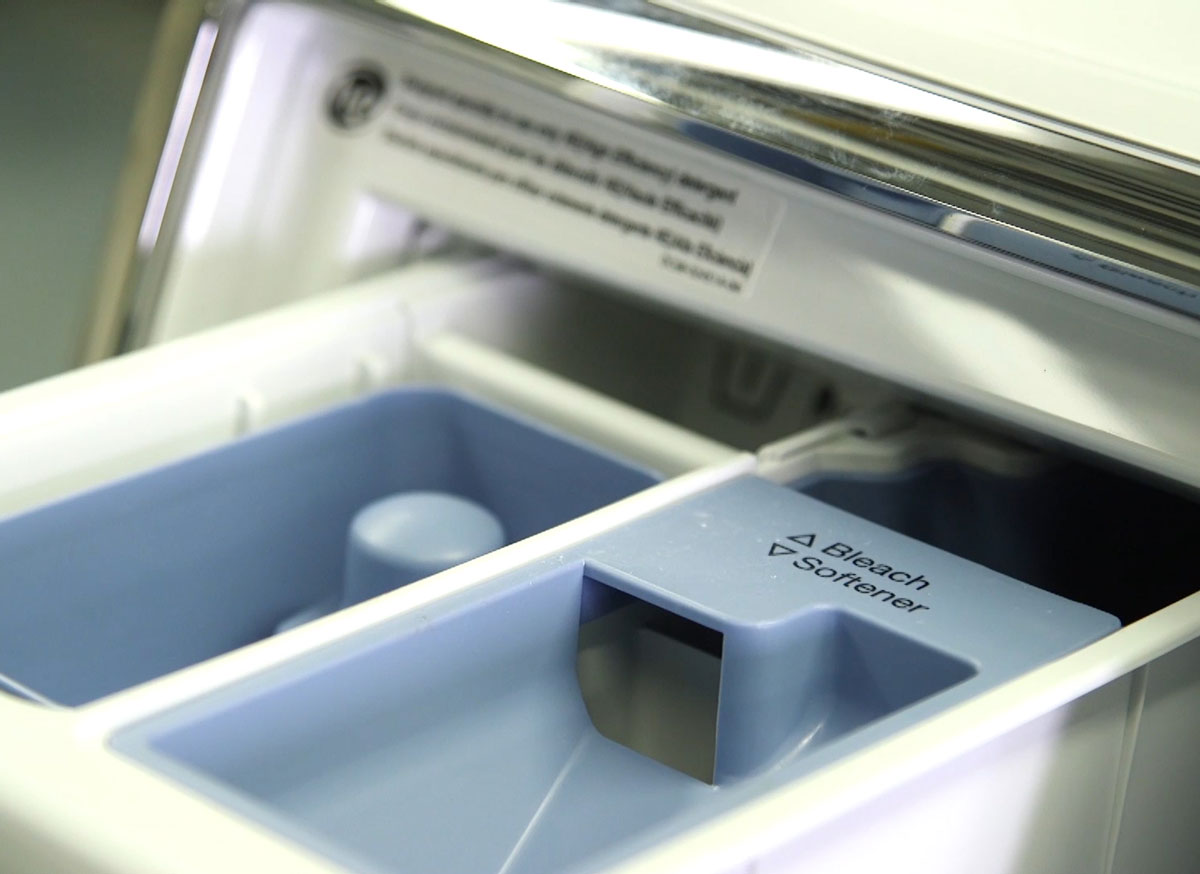
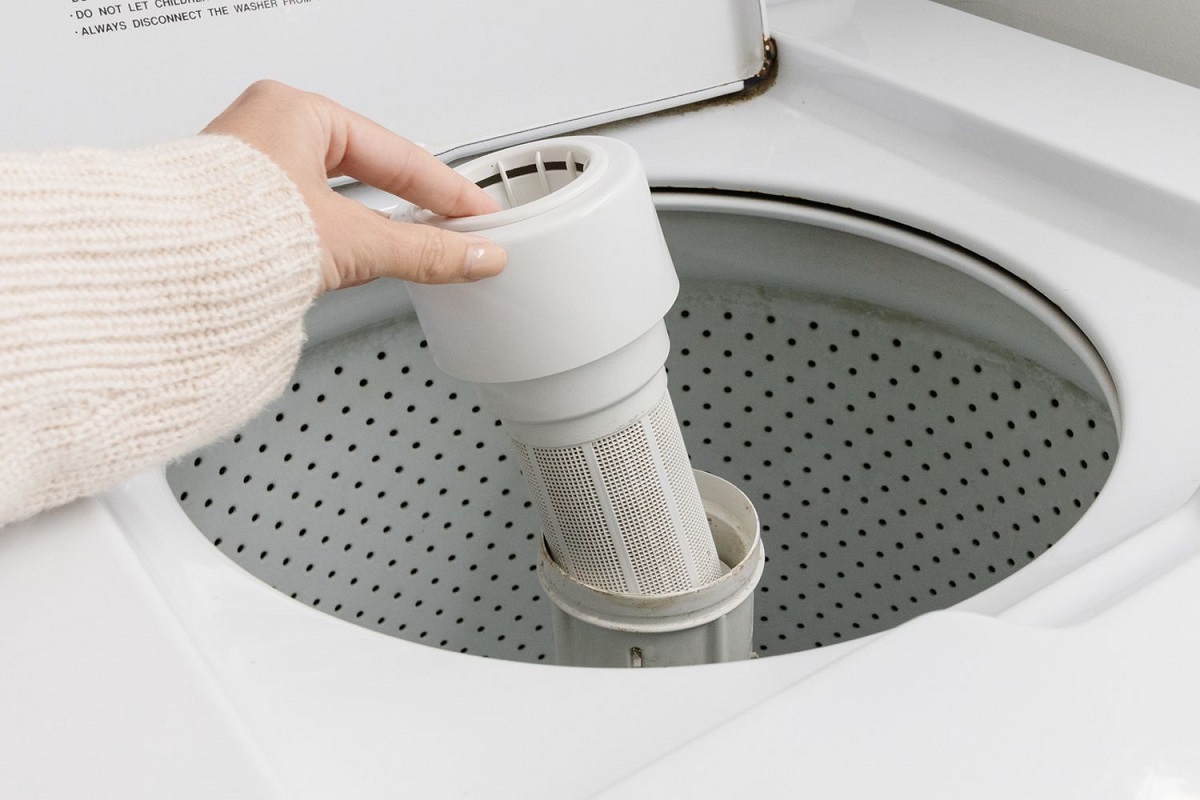
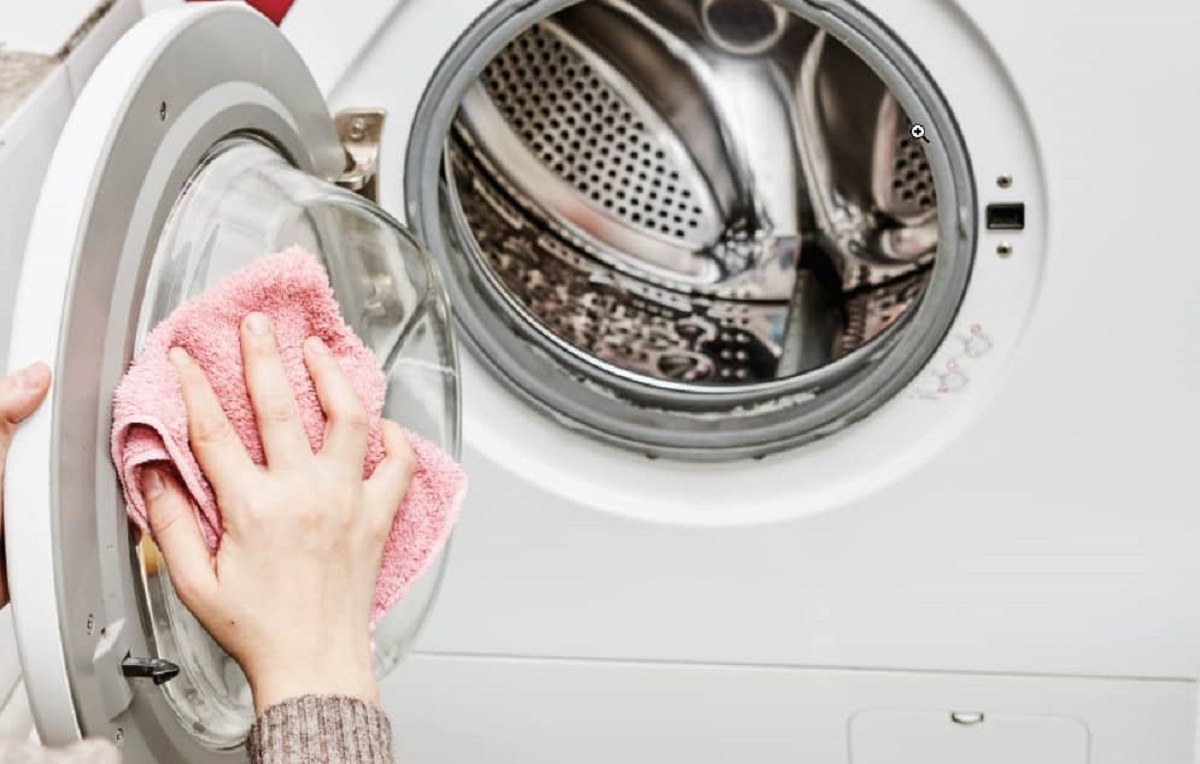
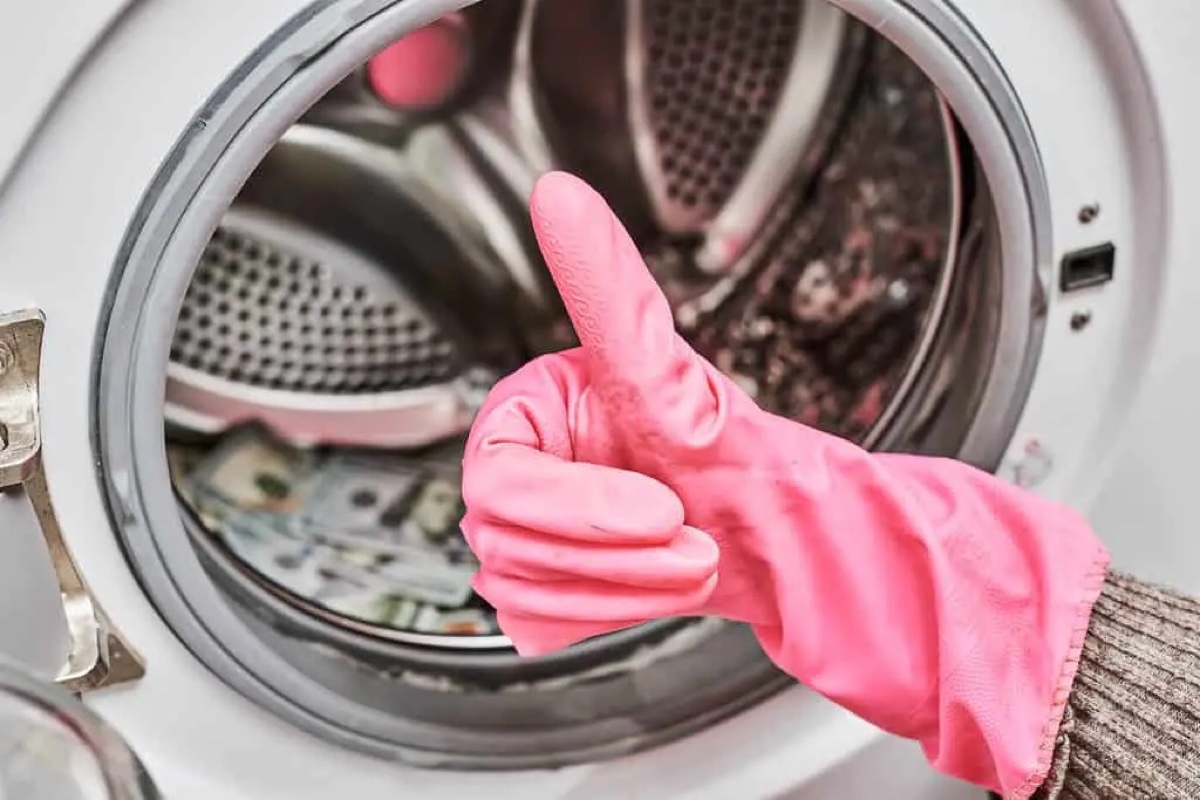
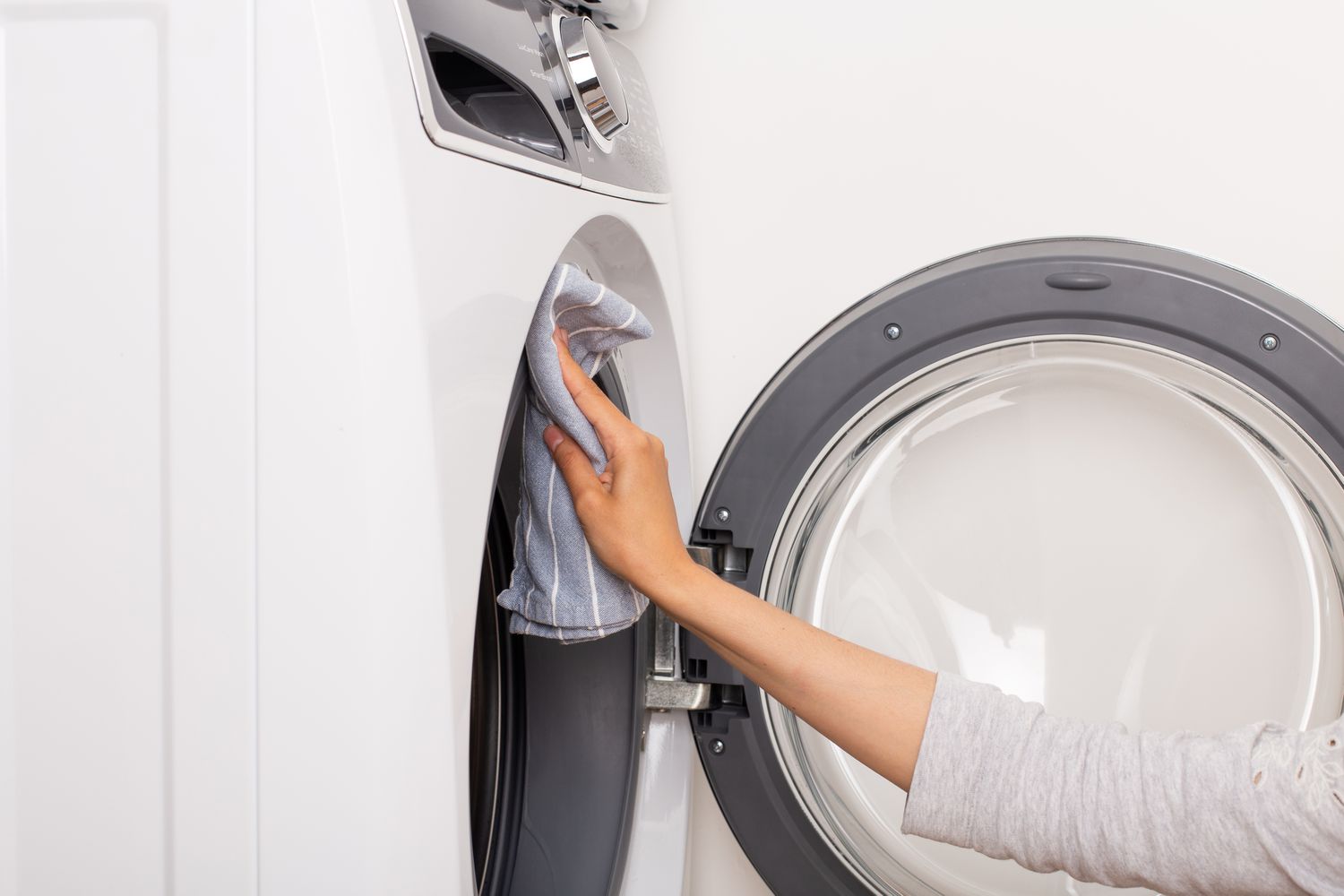

0 thoughts on “How To Clean A Portable Washing Machine”